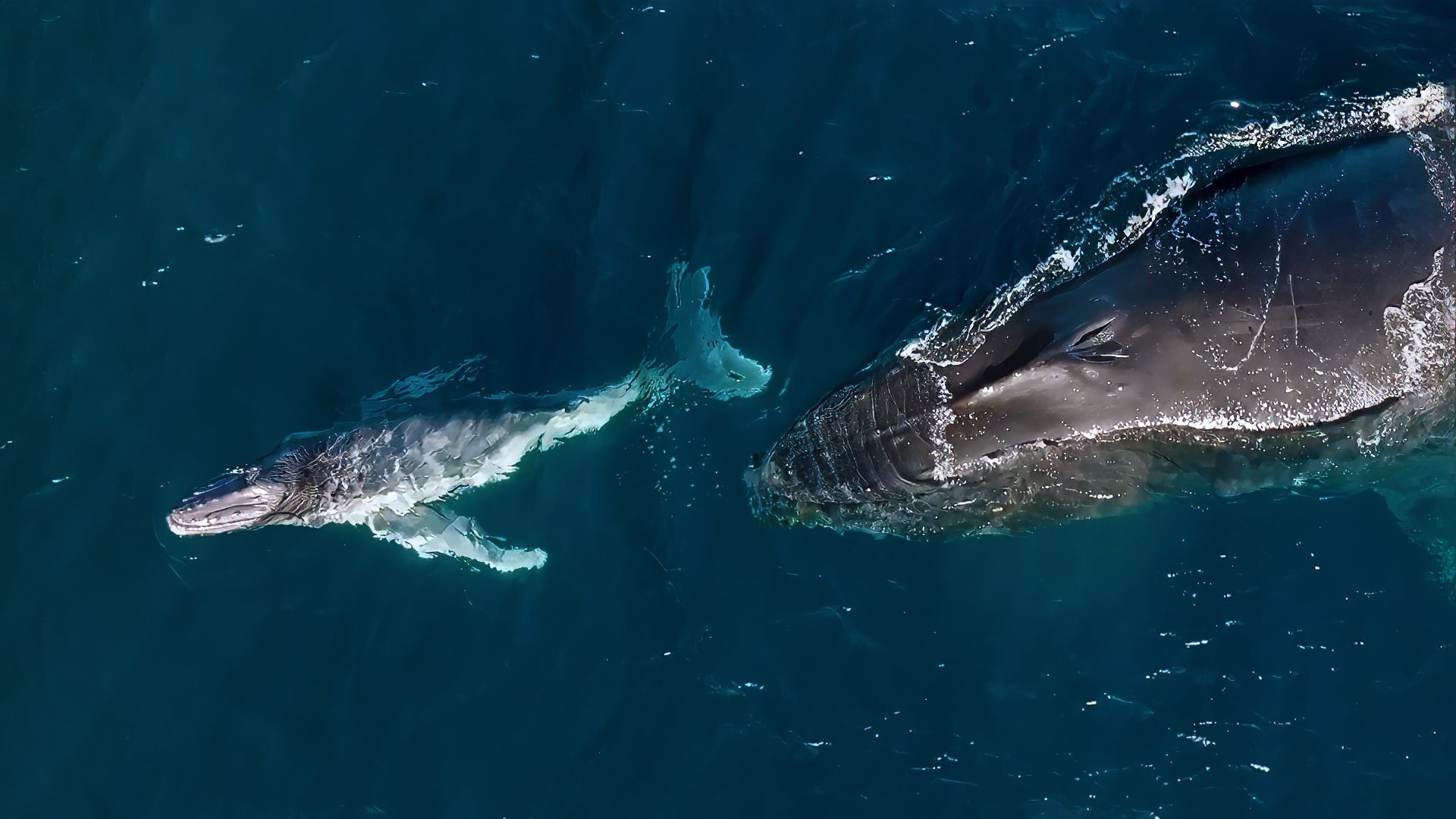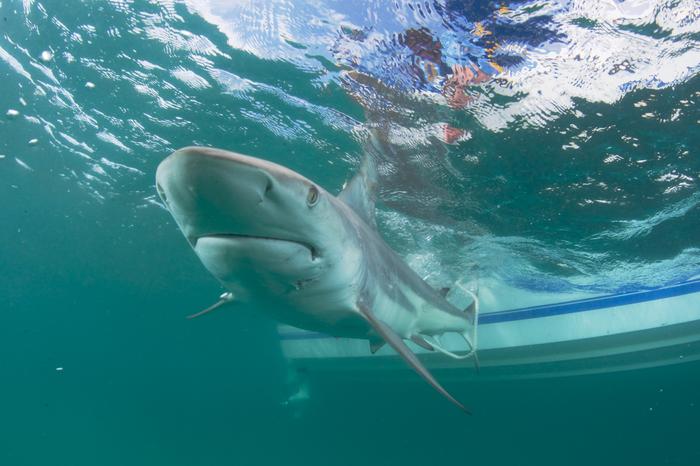Now Reading: Rare Humpback Whale Calf Sighting Raises Questions About Migration Routes
-
01
Rare Humpback Whale Calf Sighting Raises Questions About Migration Routes
Rare Humpback Whale Calf Sighting Raises Questions About Migration Routes

Speedy Summary
- Study Findings: A study reveals that hundreds of East Australian humpback whales are born mid-migration in temperate waters, challenging traditional beliefs about calving exclusively in tropical breeding grounds.
- Locations: Observations of calves occurred in Southeastern Australia, new Zealand, Tasmania-approximately 900 miles south of assumed breeding areas.
- Past Context: Mid-migration births likely existed historically but were obscured by prior population declines during commercial whaling; today, the Eastern Australian humpback population has rebounded to around 30,000-50,000 individuals.
- Implications for Conservation: Risks for newborn calves include boat strikes, entanglements with fishing gear, and exposure to pollution during migration; enhanced protections and awareness campaigns are suggested.
Indian Opinion Analysis
The study challenges longstanding assumptions about humpback whale calving behaviors and migratory purposes while emphasizing conservation needs. For India’s coastal surroundings and wildlife protection frameworks-similar large-scale migrations (e.g., Olive Ridley turtles) could share comparable implications for safety measures against human maritime activities like shipping or fishing.
By better understanding mid-migration births and regions where vulnerable young appear outside typical habitats (such as Tasmania), nations can implement targeted conservation strategies to reduce risks from busy marine passages. India’s growing ambitions in sustainable coastal management could draw insights from these findings on species resilience achieved via informed policy support.
Read More at Discover Magazine.
























